
How to Ride an Electric Bike? Tips You Didn't Know You Needed
If you think it's just like riding a regular bike—with a little extra boost—you’re not entirely wrong. But there's a bit more to it than that. Electric bikes introduce new sensations, higher speeds, and different controls that can catch even seasoned cyclists off guard. From the way the motor kicks in to how the brakes handle extra weight, riding an e-bike is its own unique experience.
Whether you're hopping on one for your daily commute or heading out for weekend adventures, knowing what to expect can make all the difference. In this guide, we’ll cover the essential (and often overlooked) tips to help you get started safely and confidently.
How to ride an electric bike?
Riding an electric bike is similar to riding a regular bike but comes with key differences due to the motor assistance and added weight. Start in a flat, open area and use the lowest assist level to get used to how the power kicks in—especially if your bike has a cadence-based system, which can feel more abrupt.
Understand your braking system (mechanical or hydraulic), and always know which lever controls the front and rear brakes. Because e-bikes are heavier and faster, give yourself more time to stop and adjust to how they handle. Be cautious in traffic, as drivers may misjudge your speed. With a little preparation, riding an e-bike can be smooth, safe, and a lot of fun.
How easy is an electric bike to ride?
An electric bike is generally very easy to ride, even if you haven’t cycled in a while. It works just like a regular bike, but with the added benefit of a motor that gives you a boost when you pedal.
This makes hills, wind, and long distances much easier to handle. Most e-bikes have simple controls to adjust how much help you want, so you can choose what feels comfortable. Once you get used to the extra weight and power, riding an electric bike feels smooth, natural, and fun.
Understand the electric bike you’re riding
Before you head out on your first ride, it's important to get familiar with how your electric bike works. In the UK, most e-bikes fall under the category of Electrically Assisted Pedal Cycles (EAPCs). To stay road-legal, your e-bike must have a motor that only assists while you’re pedalling, with a maximum power output of 250 watts, and it must cut out at 15.5 mph (25 km/h).
There are two main types of motor assistance systems:
-
Torque-based sensors provide a more natural cycling experience by matching the motor’s output to how hard you’re pedalling. The harder you push, the more assistance you get—making it feel smooth and intuitive.
-
Cadence-based sensors, on the other hand, activate motor power based on how fast you turn the pedals. These systems can feel more sudden, especially when starting off, and may take some getting used to.
Understanding which system your bike uses will help you ride more confidently. Also, take time to read the user manual and get to know your e-bike’s specific controls, display settings, battery functions, and brake system. The better you know your bike, the safer and more enjoyable your rides will be.
First-time setup and starting tips
When riding an electric bike for the first time, giving yourself space and time to adjust is key. Start in a flat, open area like a quiet street, car park, or bike path where you can focus without distractions.
How to ride an electric bike with gears?
Begin with your e-bike in a low gear and set the motor assistance to its lowest level. This gives you more control and prevents the bike from accelerating too quickly, especially if you’re not used to the added power. If your bike allows it, try starting with the motor off to get a feel for how heavy the bike is when pedalling unassisted—it’s often heavier than a regular bike.
Electric bikes require a bit more care when it comes to shifting gears, especially under load. To shift smoothly and avoid unnecessary strain on the drivetrain, ease off the pressure on the pedals slightly while changing gears. This is especially important when climbing hills or riding with high motor assistance. The goal is to find a balance between your pedal effort, the gear you’re in, and the assistance level—so the motor supports your movement without doing all the work or putting extra stress on the components.
As a rule of thumb:
-
Use lower gears (easier to pedal) when starting, going uphill, or riding at slower speeds.
-
Shift to higher gears when riding on flat ground or descending, where less torque is needed.
Take time to practice shifting while riding on gentle terrain so you can feel how the motor and gears work together. Once you’re confident with both the controls and the bike’s behaviour, you’ll be better prepared for more complex routes and real-world conditions.
How to ride an electric bike uphill?
Riding an electric bike uphill can be surprisingly smooth when you use both the motor assistance and your gears effectively. Start by shifting into a lower gear before you reach the incline—this makes it easier to pedal and keeps your cadence steady.
At the same time, increase your motor assistance level to help reduce the strain on your legs. Try to maintain a consistent pedalling rhythm rather than pushing hard in bursts, as most motors respond better to steady input. If your e-bike uses a torque sensor, pedalling with a bit more force will prompt the motor to give you more power.
With a cadence-based system, the motor will engage as long as you keep the pedals turning. Stay seated to maintain traction on the rear wheel and keep your upper body relaxed as you climb. With the right gear and assist combination, you’ll find hills much less daunting on an electric bike.
Get to know your brakes
Electric bikes are heavier and often faster than regular bikes, so having confidence in your brakes is essential. Most e-bikes in the UK come equipped with either mechanical disc brakes or hydraulic disc brakes.
-
Mechanical disc brakes use a cable to pull the callipers shut. They’re reliable and easier to maintain at home but require more hand strength and frequent adjustment.
-
Hydraulic disc brakes use fluid to transfer force from the lever to the calliper, offering smoother, more powerful braking with less effort.
Before your first proper ride, test the brakes while stationary. Pull each brake lever and check that it engages before reaching the handlebar. You should feel a firm, responsive grip. If the lever pulls too far or feels spongy, you may need to adjust cable tension (for mechanical systems) or check for air in the lines (for hydraulic).
Also, be sure you know which lever controls which wheel—usually, the right lever controls the rear brake, and the left controls the front, but this can vary. Always use both brakes together for the most effective and stable stopping, especially at higher speeds.
When riding, practise both gentle and emergency braking in a safe area. Get used to how quickly the bike stops and how much pressure you need. And finally, listen for any rubbing sounds when you spin the wheels—this may indicate the brake pads are too close to the rotor or the rotor is slightly bent, which can happen during shipping or transport.
Checking your brakes early on and learning how they respond will help you ride with more control and peace of mind.
Handling, balance and weight
One of the first things you’ll notice about an electric bike is its extra weight—mostly due to the motor and battery. This added weight affects how the bike handles, especially when stopping, turning, or navigating tight spaces.
Because e-bikes are heavier, they require more time and distance to come to a full stop, especially at higher speeds. Braking too hard or too late can cause skidding or loss of control, so give yourself extra room and brake early when approaching junctions, bends, or obstacles.
Before venturing into traffic or busy cycle paths, practise basic manoeuvres like turning, stopping quickly, and slow-speed control in a quiet area. Get used to how the weight shifts when you lean into a turn or come to a halt. This will help you stay stable and in control, particularly in unexpected situations.
Also, be cautious when mounting curbs or weaving through narrow gaps—the extra bulk of the bike can make tight moves trickier than on a standard bike. If in doubt, dismount and walk the bike over obstacles rather than risking a tumble.
Taking the time to get comfortable with the handling of your e-bike pays off quickly—it’s the key to confident, safe riding in real-world conditions.
Traffic awareness and road safety
Riding an electric bike in traffic comes with its own set of challenges—especially because drivers often misjudge how fast you're going. Unlike road cyclists on racing bikes, e-bike riders may appear slower due to casual clothing, upright posture, and minimal effort while pedalling. This creates a visual mismatch: you look like a relaxed cyclist, but you’re moving much faster than drivers expect.
This can lead to dangerous assumptions—for example, a driver might think they have time to turn in front of you or pull out from a junction, when in reality, you’re approaching at 15.5 mph or more. To stay safe, it’s vital to ride defensively at all times.
Use front and rear lights, even during the day, and wear reflective gear to increase visibility. Always signal clearly with hand gestures when turning or changing lanes, and avoid riding in blind spots, especially near larger vehicles.
Most importantly, anticipate that drivers may not see you—or may not react appropriately even if they do. Slow down at junctions, make eye contact when possible, and be prepared to stop or take evasive action if needed. The more aware and proactive you are, the safer you’ll be on the road.
Battery and power management
Getting the most out of your electric bike’s battery starts with understanding how it responds to different conditions. Begin with short rides to observe how terrain, assist level, and your riding style affect battery life. Higher assistance levels and steep climbs will drain the battery faster, while flat routes and lower assist modes will help it last longer. Learning to adjust your settings on the go can make a big difference in range.
To keep your battery healthy, charge it regularly, ideally after each ride if the battery is below 50%. Use the charger provided by the manufacturer, and avoid letting the battery run completely flat too often. When not in use, store the battery in a cool, dry place, away from extreme temperatures. If you're not riding for a while, keep the battery at around 50–70% charge and recharge it every couple of months to maintain performance.
If you run out of power mid-ride, don’t worry—your electric bike can still be pedalled like a regular bike. However, it will feel heavier and more difficult, especially on hills. To avoid this, keep an eye on the battery level during your ride and plan your route with charging stops or return distance in mind. Over time, you’ll get a good sense of your bike’s range and how to manage it efficiently.
Common mistakes to avoid
When you're new to electric bikes, a few simple oversights can quickly turn into uncomfortable—or even dangerous—situations. One of the most common mistakes is not checking the assist level before starting. If your e-bike is set to a high assistance mode, it can surge forward unexpectedly as soon as you start pedalling—especially on cadence-based systems, where the motor kicks in quickly with minimal pedal effort. Always begin in the lowest assist setting until you’re ready for more power.
Another critical mistake is using only the front brake, particularly at high speeds. This can cause you to lose control or even flip over the handlebars. Always use both brakes together for smoother, more balanced stops.
Finally, don’t assume drivers will treat you like a regular cyclist. E-bikes often travel faster than they appear, and drivers may not anticipate your speed or presence—especially if you're dressed casually or riding upright. Always ride defensively, stay visible, and be ready to react to unexpected decisions from those around you. Being mindful of these common missteps will help you stay safe and enjoy your ride.
Extra pro tips for first-time riders
Getting started with an electric bike is exciting, but a few expert habits can make your early rides even smoother.
First, use the lowest assist mode until you're fully comfortable with how the motor responds—this gives you better control and helps you build confidence at your own pace. When it comes to stopping, learn to feather the brakes—applying them gently and gradually—especially on descents, where the extra weight of the bike can increase your stopping distance. While the motor is there to help, don’t rely on it completely. Keep pedalling to stay active, maintain balance, and stay engaged with the ride. It also helps preserve battery life.
Lastly, make a habit of checking your tyre pressure before every ride. Because e-bikes are heavier, underinflated tyres can affect handling, reduce efficiency, and wear out faster. Keeping them properly inflated improves performance and safety from the very first ride.
Conclusion
Riding an electric bike opens up a world of freedom, fitness, and fun—but like anything new, it pays to understand the details before diving in. From learning how the motor behaves to mastering braking and battery use, these little insights can help you ride smarter and stay safer. Once you get the hang of it, you’ll find that e-bikes offer a smooth, enjoyable ride that can easily replace short car trips and inject a bit of adventure into your daily routine. So take it slow, stay aware, and enjoy the ride—your journey into the world of electric cycling starts now.
FAQ
How old should you be to ride an electric bike?
In the UK, you must be at least 14 years old to ride a road-legal electric bike, also known as an Electrically Assisted Pedal Cycle (EAPC). These bikes must meet specific requirements, such as having a motor that only assists while you pedal and cuts off at 15.5 mph (25 km/h). Anyone under 14 is not legally allowed to ride an e-bike on public roads, even if they’re supervised.
Can you ride an electric bike without a licence?
Yes — in the UK, you do not need a licence, insurance, or tax to ride a standard electric bike (known as an Electrically Assisted Pedal Cycle or EAPC). As long as your e-bike has pedal-assist only (no throttle), a maximum motor power of 250 watts, and assistance that cuts off at 15.5 mph (25 km/h), it's treated just like a regular bike under UK law.
However, if your bike exceeds these limits—such as having a throttle or a more powerful motor—it may be classed as a moped or motorcycle, in which case a licence, registration, insurance, and a helmet would be required.
Is riding an electric bike scary?
Riding an electric bike might feel a bit unfamiliar at first, especially if you're not used to the extra speed or power. But for most people, it’s not scary—it’s actually fun and easy to get the hang of. Starting in a low assist mode and riding in a quiet area can help you build confidence quickly. With a bit of practice, riding an e-bike feels smooth, controlled, and even more enjoyable than a regular bike.
Do you have to brake differently on an electric bike?
Yes, slightly. Because electric bikes are heavier and faster than regular bikes, you’ll need to brake earlier and more smoothly, especially when going downhill or stopping suddenly. It’s important to use both brakes together—the front for power and the rear for stability—to avoid skidding or losing control. Practising gentle braking, or "feathering," helps you stay in control and makes your stops safer and more predictable.
Do electric bikes feel different to ride compared to a normal pedal bike?
Yes, electric bikes do feel a bit different. While they ride like regular bikes, the motor assistance gives you an extra boost when you pedal, making it easier to tackle hills and long distances. You’ll also notice the bike is heavier, and it may accelerate more quickly depending on the assist level. At first, the extra power might take some getting used to, but most riders quickly adjust and enjoy the smooth, effortless feel of an e-bike.
iScooter E Scooter Collections:
Electric Scooter | Kids Electric Scooter | Electric Scooter for Adults | Electric Scooter with Seat | Off-Road Electric Scooter | Foldable Electric Scooter | Girls Electric Scooter | 1000W Electric Scooter | 2000W Electric Scooter | Boys Electric Scooter | Dual Motor Electric Scooter | Big Electric Scooter | Electric Scooter with Suspension | Lightweight Electric Scooter | Commuter E-Scooters | 3 Wheel Electric Scooter
iScooter E Bike Collections:
Foldable Electric Bike | Affordable Cheap Electric Bike | Electric Bike for Adults | Electric Motor Bikes | Trek Electric Bike | Fastest Electric Bike | Electric Road Bike | Full Suspension Electric Mountain Bike | Giant Electric Bike | Womens Ladies Electric Bike | Mens Electric Bike | Electric Bike with Throttle | Electric Gravel Bike | Electric Mountain Bike UK | Fat Tyre Electric Bike | Electric Hybrid Bike | Electric Motorised Bike | Electric Push Bike | 1000W Electric Bike | Cool Electric Bikes | Electric Off Road Bike | Pedal Assist Electric Bike | Good Electric Bikes | Small Electric Bike | Trek Electric Mountain Bike | 2000W Electric Bike | Full Suspension Electric Bike | Mini Electric Bike | Road Legal Electric Bike | Step Through Electric Bike
👍 Buying Guide | 🚴♂️ Riding Guide
📋 Feature Guide | ❓ Common problem
Product category
Electric Scooter
Cheap Electric Scooters for Adults | Fastest Electric Scooter | Kids Electric Scooter | Mini Electric Scooter































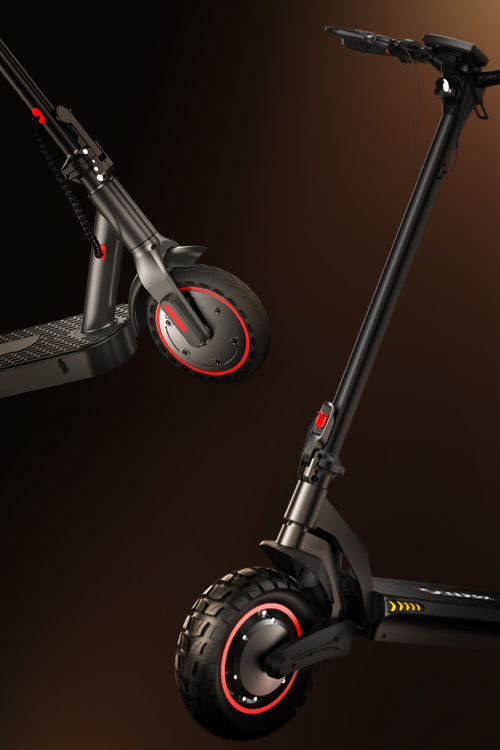
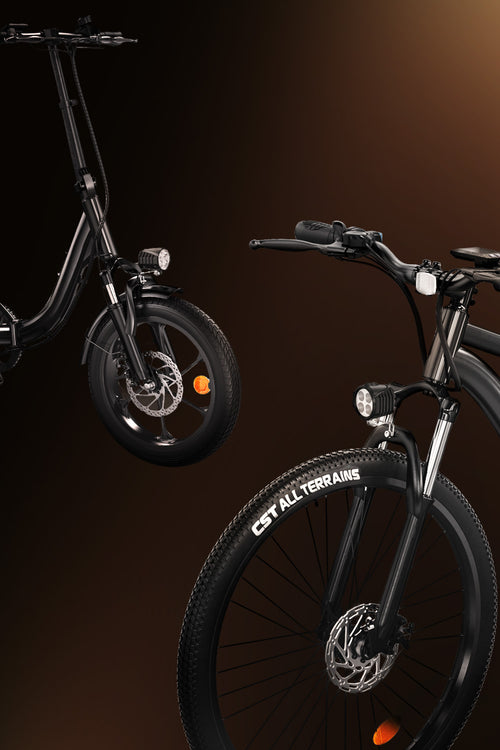
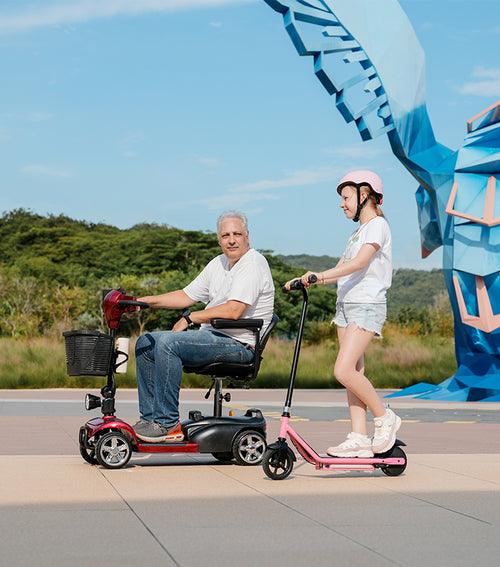







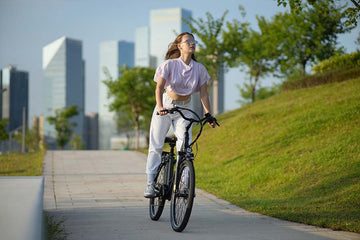
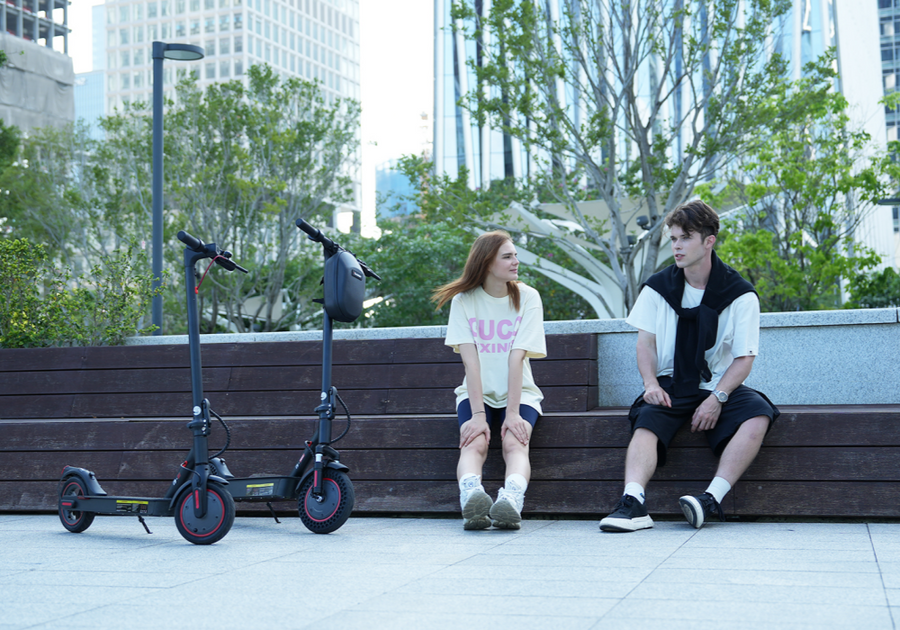
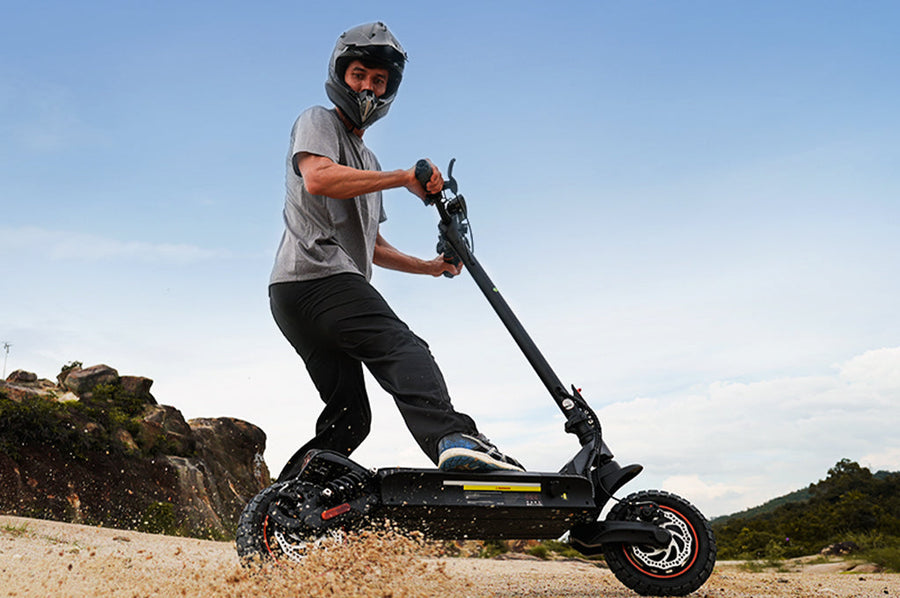


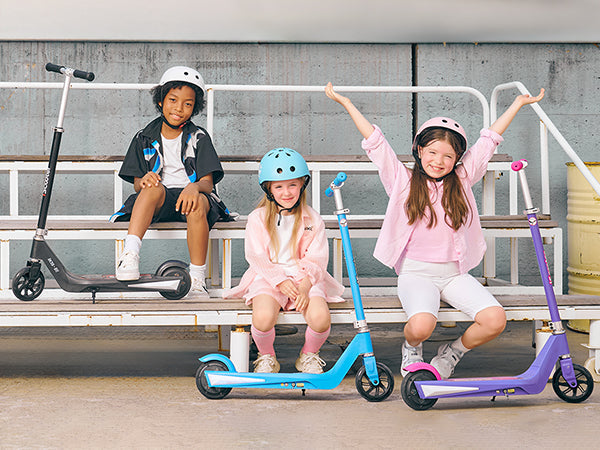
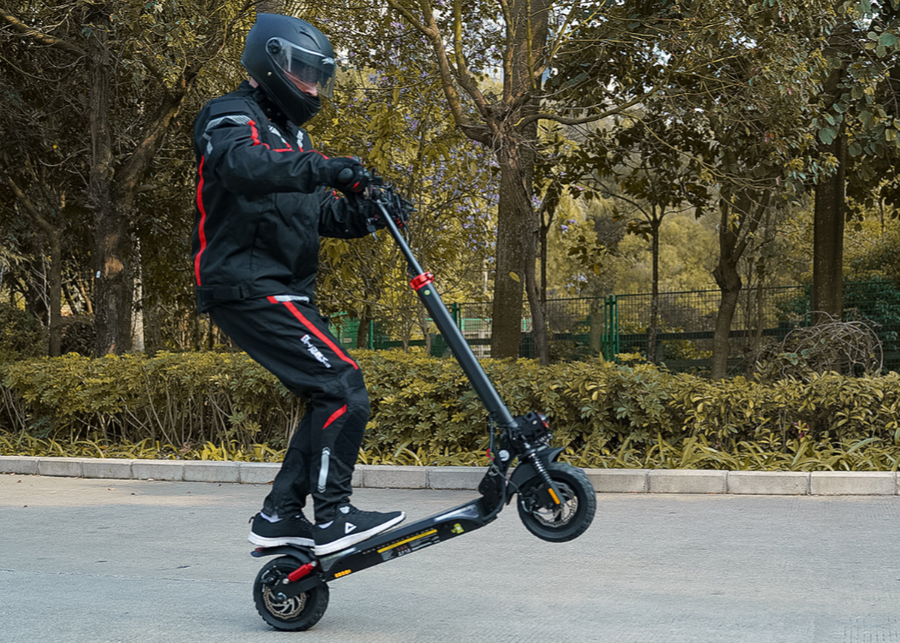
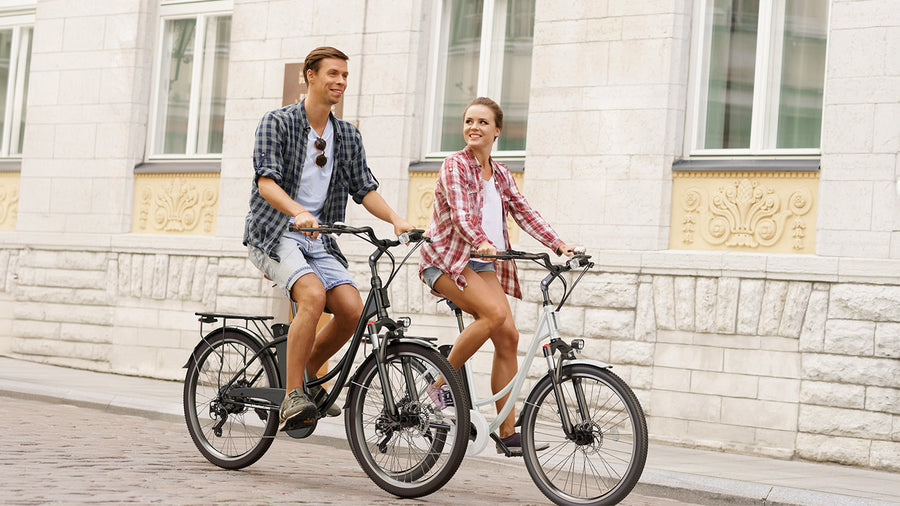
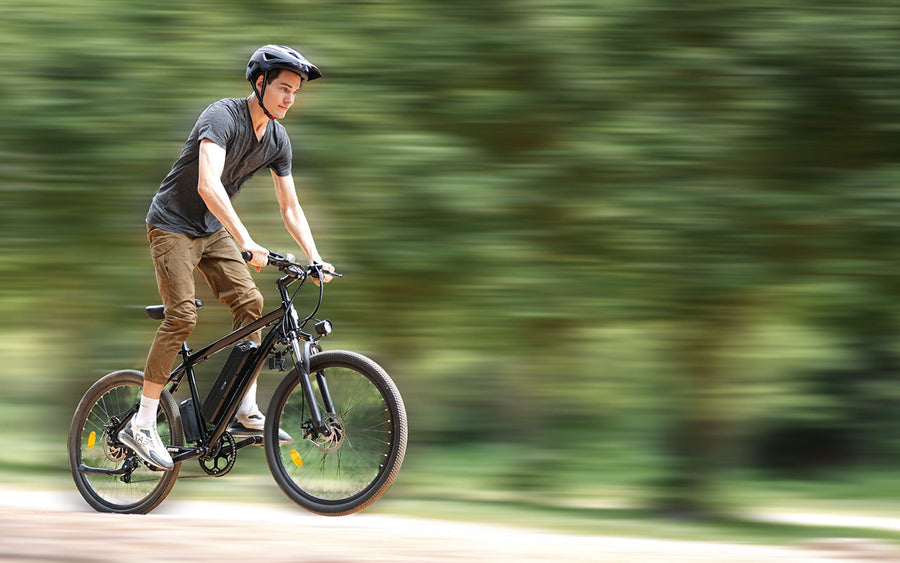
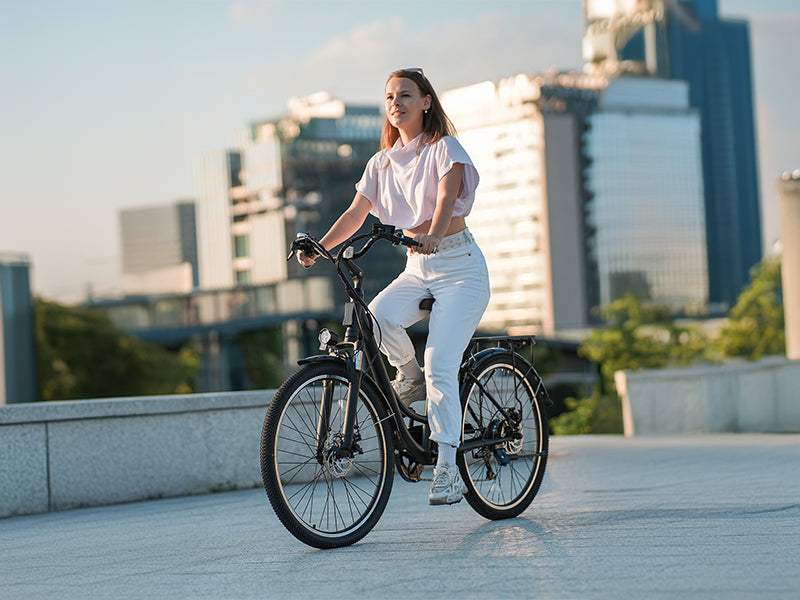
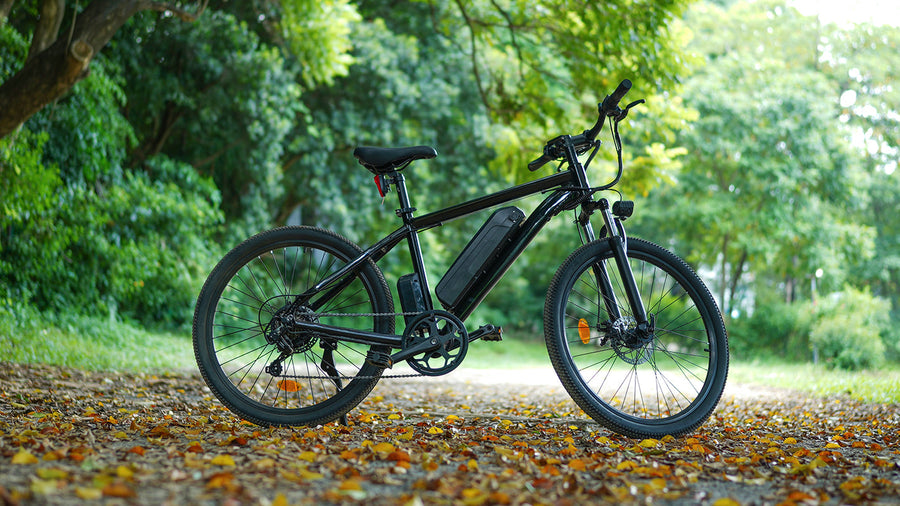
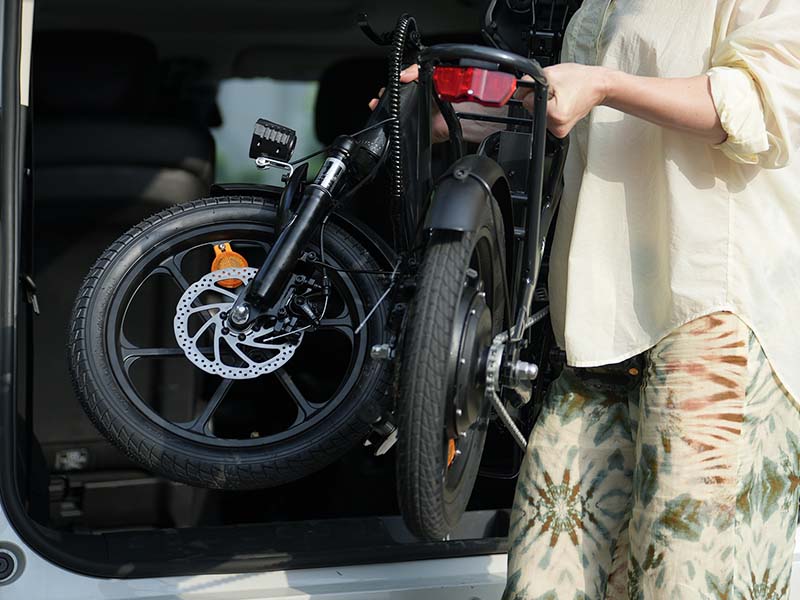
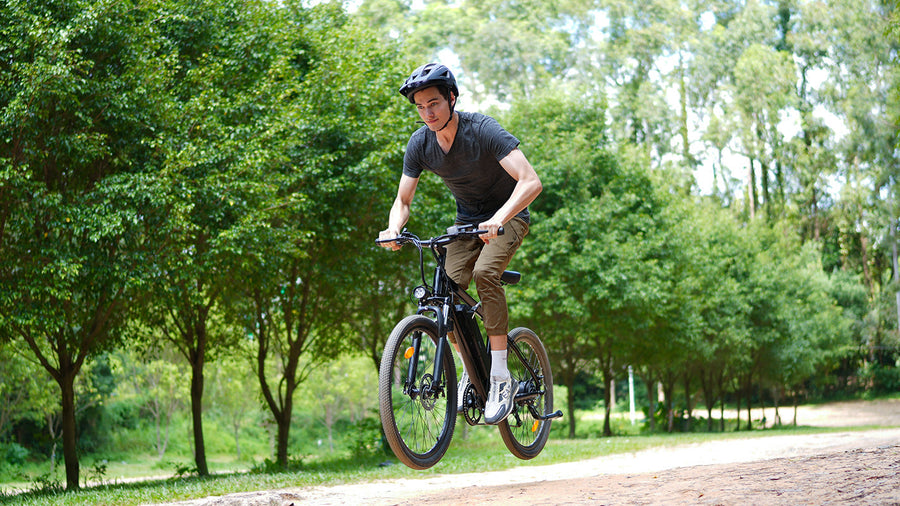









Article tags :
Leave us a message